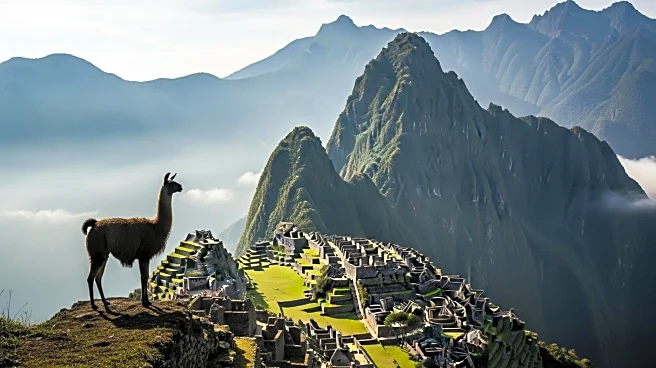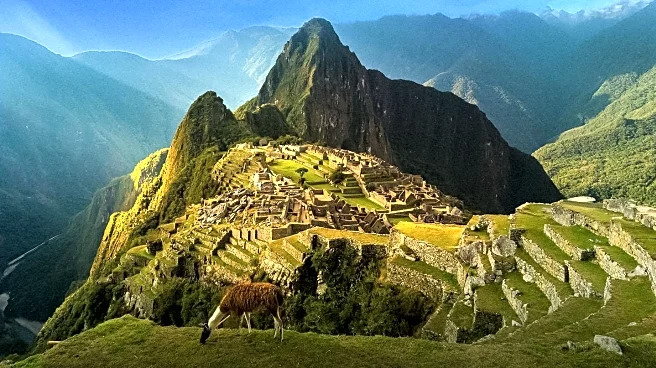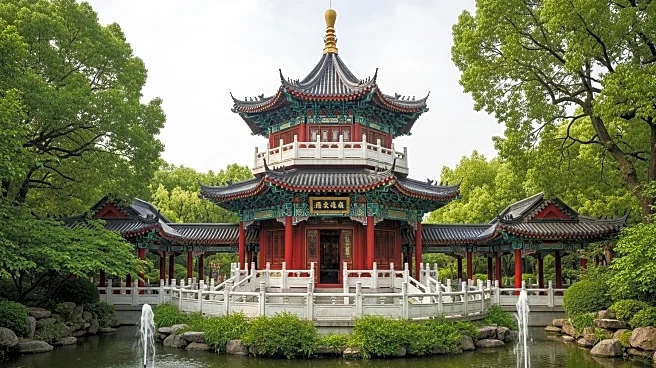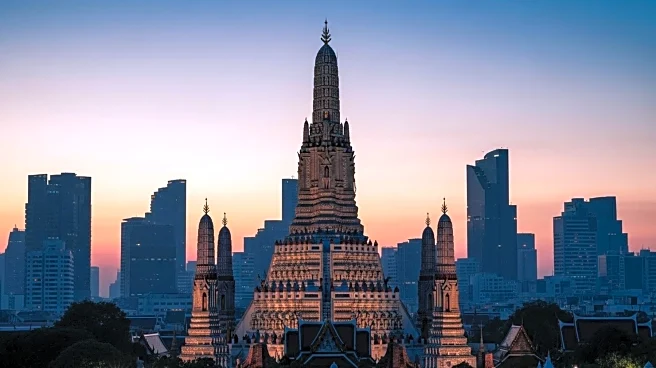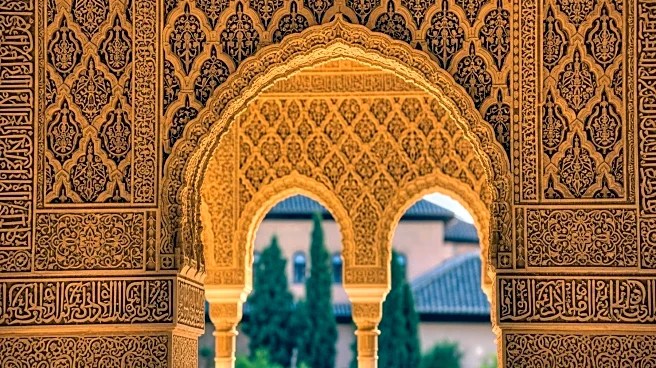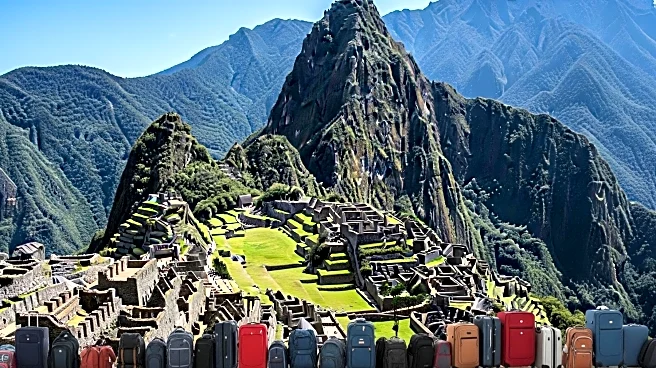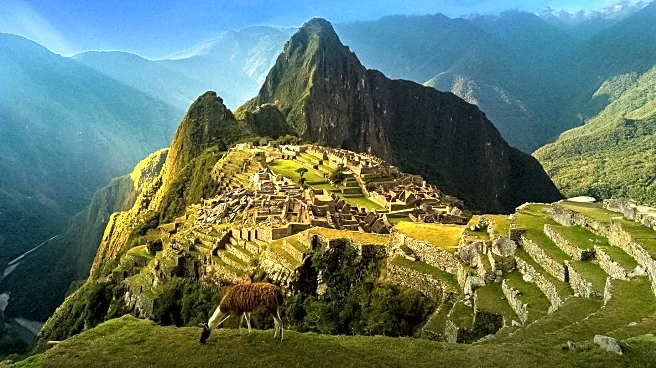What's Happening?
Nearly 1,000 tourists have been stranded near Machu Picchu as protests in Peru have led to the suspension of train services. Protesters blocked the tracks with rocks, halting the passenger service in the Cusco region. The protests are centered around demands for representation in the bidding process for a new bus operator. While 1,400 people were evacuated earlier, 900 remain in Aguas Calientes, the closest town to Machu Picchu. The site, a UNESCO World Heritage location, attracts approximately 4,500 visitors daily. Concerns have been raised about the potential impact on Machu Picchu's status as a Wonder of the World if the situation escalates.
Why It's Important?
The disruption at Machu Picchu highlights the intersection of tourism and local political issues. As Peru's most popular cultural destination, the site plays a significant role in the country's tourism industry, which is a vital economic sector. The protests and resulting service disruptions could lead to financial losses for local businesses reliant on tourism. Additionally, the situation underscores the importance of addressing local community concerns in tourism management to prevent such conflicts. The potential damage to Machu Picchu's reputation as a global heritage site could have long-term implications for Peru's tourism appeal.
What's Next?
The Peruvian government may need to engage with protestors to resolve the dispute and restore services. This could involve negotiations to address the demands for representation in the bus operator bidding process. The outcome of these discussions will be crucial in determining how quickly normal operations can resume. Stakeholders, including local businesses and international tourism bodies, will likely monitor the situation closely, given its potential impact on tourism and the local economy.

